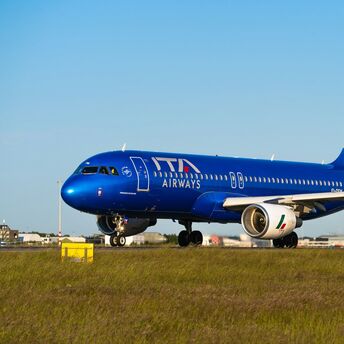More Flight Options as Qatar Airways Adjusts Winter Schedule

Qatar Airways is tweaking its winter schedule, adding more flights to routes that typically see a surge in travelers when the weather turns. The revised schedule will take effect in mid-December 2025 and will remain in effect until March 2026. This applies to flights to Kuala Lumpur, Lagos, Shanghai, and Singapore. These changes are part of a broader seasonal reorganization aimed at improving capacity management and ensuring that flights match expected passenger traffic during the busy winter tourist season.
The airline has outlined specific frequency increases that will take effect across the network. According to the published schedule updates, the following changes will apply during the winter season:
- Kuala Lumpur – 17 weekly flights from 17 December
- Lagos – 14 weekly flights between 15 December and 28 March
- Shanghai – 10 weekly flights from 1 January to 28 March
These adjustments are part of a broader network expansion totalling approximately 3,000 flights annually.
Increased flight frequency to Kuala Lumpur expands travel options and reduces dependence on peak flight times. The Malaysian capital offers rail and air connections to regional destinations, including Penang, Langkawi, and Kota Kinabalu. The wider spread of departure options may help balance traffic flows at Doha’s hub, offering more predictable transit times for passengers planning multi stop journeys or short regional trips during the winter season.
In East Asia, the additional services to Shanghai create more consistent access to one of China’s major transportation centres. Travellers can integrate domestic routes or onward regional itineraries with fewer scheduling limitations, which is particularly relevant during high demand travel periods. Singapore, which hosts select Airbus A380 flights, provides direct access to major business districts, cultural quarters, and transportation links, facilitating both short-term visits and extended travel throughout Southeast Asia during the winter months.

The revised winter schedule introduces more structured travel options across multiple regions and may reduce pressure on crowded connections during the busy season. The redistribution of flights broadens departure intervals, creating additional opportunities for travellers to plan complex routes without relying on limited time slots. For passengers preparing winter travel in 2025 and early 2026, these changes represent a practical expansion of scheduling flexibility across several key international corridors.



















